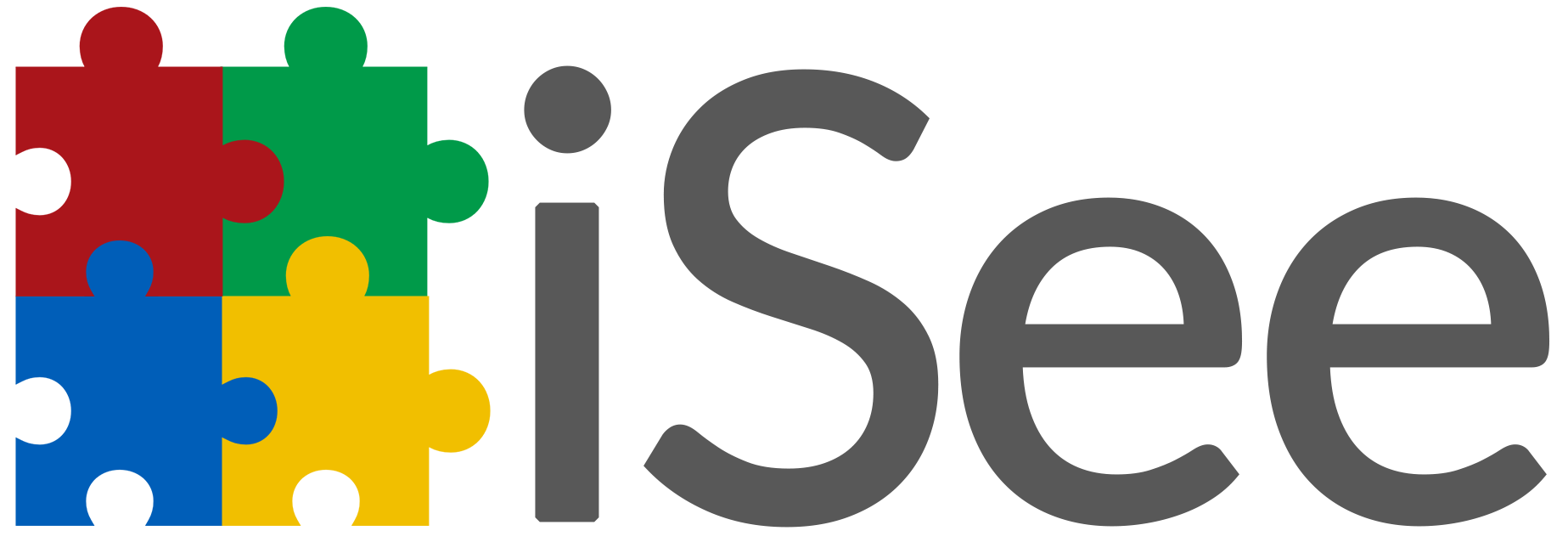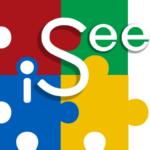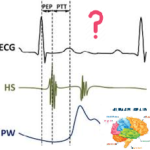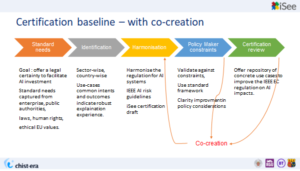May 2020![]() : Short Proposal Accepted
: Short Proposal Accepted
![]() November 2020: Full Proposal Accepted
November 2020: Full Proposal Accepted
March 2021: Official iSee Kick-off
![]() March 2021: The website is now online
March 2021: The website is now online
![]() April 2021: Welcome meeting
April 2021: Welcome meeting
![]() May 2021: Y1Q1 Deliverables completed (community created, XE evaluation instruments survey)
May 2021: Y1Q1 Deliverables completed (community created, XE evaluation instruments survey)
![]() June 2021: iSee application at SICSA XAI workshop
June 2021: iSee application at SICSA XAI workshop
![]() July 2021 : Milestone0 deliverables completed !
July 2021 : Milestone0 deliverables completed !
![]()
October 2021: Data Management Plan completed!
![]() October 2021: XAI Usability and Evaluation Workshops at TF Network Conference on “Data Science – The beating heart of AI”
October 2021: XAI Usability and Evaluation Workshops at TF Network Conference on “Data Science – The beating heart of AI”
![]() November 2021: Case base with foundational explainers
November 2021: Case base with foundational explainers
![]() December 2021: Milestone1 deliverables completed ! iSee v1. iSeeOnto model tested on simple cases, Retrieval-only CBR engine, Cockpit interface
December 2021: Milestone1 deliverables completed ! iSee v1. iSeeOnto model tested on simple cases, Retrieval-only CBR engine, Cockpit interface
![]() December 2021 : new use case = Connected Home Care (BT), TotalEnergies, result from Engagement plan and co-creation activities
December 2021 : new use case = Connected Home Care (BT), TotalEnergies, result from Engagement plan and co-creation activities
![]() January 2022 : iSeeOnto ontology v1 is now online !
January 2022 : iSeeOnto ontology v1 is now online !
![]() February 2022 : Y1 Consortium meeting in Madrid.
February 2022 : Y1 Consortium meeting in Madrid.
Telecom use case represented in iSee
![]() March 2022 : iSee Cockpit tool V1 and Explainers catalogue V1 completed !
March 2022 : iSee Cockpit tool V1 and Explainers catalogue V1 completed !
![]() March 2022 : Chistera annual webinar
March 2022 : Chistera annual webinar
Launch of XAI-CBR challenge ![]()
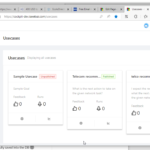
![]() July 2022 : Use case Design cockpit online on iSee platform
July 2022 : Use case Design cockpit online on iSee platform
Explainer library of iSee released online
Explanation strategy retrieval first iteration
Healthcare and Telecom UC entered into the cockpit
New use cases identified with external partners
September 2022 : iSee consortium meeting in Nancy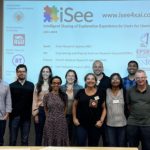
XCBR workshop and XCBR challenge organised with iSee team
3 papers from iSee team at ICCBR 2022 conference
![]() October – November 2022 : We are working on the integration of all the components into one single platform: front-end cockpit, behaviour tree editor and visualiser, CBR retrieval engine returning a recommendation of explanation strategies in Behaviour tree format to the cockpit, Behaviour tree executor to generate explanation from the recommended strategy, and link concepts across iSeeOnto, use case and CBR ontology.
October – November 2022 : We are working on the integration of all the components into one single platform: front-end cockpit, behaviour tree editor and visualiser, CBR retrieval engine returning a recommendation of explanation strategies in Behaviour tree format to the cockpit, Behaviour tree executor to generate explanation from the recommended strategy, and link concepts across iSeeOnto, use case and CBR ontology.
![]() December 2022 : Deliverables for December 2022 – Milestone 2 – are published on Zenodo DOI 10.5281/zenodo.7472464 !
December 2022 : Deliverables for December 2022 – Milestone 2 – are published on Zenodo DOI 10.5281/zenodo.7472464 !
January 2023 : New Release of iSee cockpit including user guidelines and tooltips.
![]() 2 real world use cases added to iSee : Home resident care monitoring (BT) using time series dataset, Radiology diagnosis using images dataset (JIVA).
2 real world use cases added to iSee : Home resident care monitoring (BT) using time series dataset, Radiology diagnosis using images dataset (JIVA).![]()
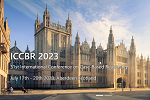 iSee organises the XCBR challenge and tutorial at ICCBR 2023 (July at Aberdeen, Scotland)
iSee organises the XCBR challenge and tutorial at ICCBR 2023 (July at Aberdeen, Scotland)
We propose a tutorial on iSee as part of the Industry day at ICCBR’23 (ICCBR 23 (rgu.ac.uk))
We won the bronze medal in the VIDEO contest of CHISTERA annual seminar in
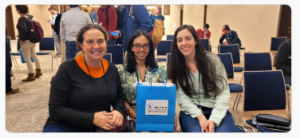
Bratislava, April 2023
17th July 2023. ICCBR 2023 in Aberdeen. XCBR challenge, iSee tutorial and online course
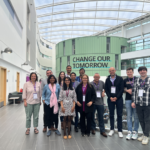
on how to use iSee… and in person project meeting
July 2023. Published papers at ICCB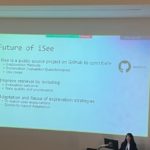 R 2023 in Aberdeen, higlighting the ground structure (BT) used at the reuse of explanation strategy for similar intent, and the future of iSee to the CBR community.
R 2023 in Aberdeen, higlighting the ground structure (BT) used at the reuse of explanation strategy for similar intent, and the future of iSee to the CBR community.
September 2023. New use cases Production line anomaly detection with B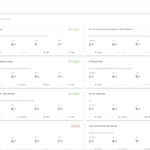 osch(images data) and Brain guard (UCM)
osch(images data) and Brain guard (UCM)
September 2023. New Release of iSee : cockpit, questionnaires, BT editor, extension of the ontology of Explanation expe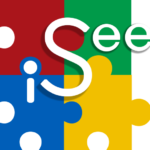 rience with evaluating user question. New function allowing the reuse of explainers within a Behaviour Tree (process to reuse an end-user explanation strategy within an existing strategy), and allowing the reuse of behaviour Tree (explainer+evaluating user question).
rience with evaluating user question. New function allowing the reuse of explainers within a Behaviour Tree (process to reuse an end-user explanation strategy within an existing strategy), and allowing the reuse of behaviour Tree (explainer+evaluating user question).![]()
October 2023. We’ve included 55 reusable explainers in our iSee library ! check the libr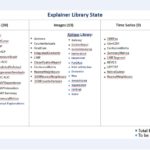 ary link under “project”
ary link under “project”
![]() 1st October 2023. Milestone 3 deliv
1st October 2023. Milestone 3 deliv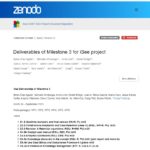 ered on Zenodo https://doi.org/10.5281/zenodo.8414582
ered on Zenodo https://doi.org/10.5281/zenodo.8414582
Novem ber 2023. New metrics dashboard showing the compliance based on a new scale for the purpose of evaluating the quality of explanation experiences. Content Validation Study with RGU and leading XAI practitioners confirms the new scale. The study asks participants to review a curated list of statements based on their Relevance and Clarity.
ber 2023. New metrics dashboard showing the compliance based on a new scale for the purpose of evaluating the quality of explanation experiences. Content Validation Study with RGU and leading XAI practitioners confirms the new scale. The study asks participants to review a curated list of statements based on their Relevance and Clarity.
 15th January 2024 – New reuse functionalities were created and released in the BT editor. Users can edit explanation strategies as they need and want. Recommendation of suitable explainers for substitution is based on explainer previously used and positively positively.
15th January 2024 – New reuse functionalities were created and released in the BT editor. Users can edit explanation strategies as they need and want. Recommendation of suitable explainers for substitution is based on explainer previously used and positively positively.
31/01/2024 – New functionalities on testing BTs were created and released in the BT editor (A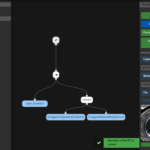 utomatic reuse). Users can check their strategies’ applicability for their use case and check the BT structure’s suitability.
utomatic reuse). Users can check their strategies’ applicability for their use case and check the BT structure’s suitability.
1st March 2024 – we completed 3 real world use cases. Evaluation experiments invite :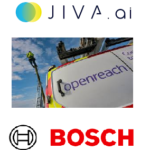
Bosch Link
Telecom link
Jiva link
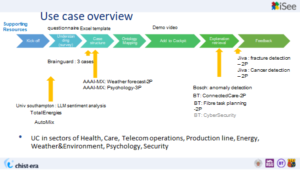 12/02/2024 to 30/03/2024 Evaluation experiments with BT France IT community in BT. Participants were asked to walkthrough the iSee chatbot to see an AI recommendation on data instances, request explanations from iSee and evaluation their meaningfulness. 2 real use cases : Health radiograph fracture and Sensor anomaly use case (image data type)
12/02/2024 to 30/03/2024 Evaluation experiments with BT France IT community in BT. Participants were asked to walkthrough the iSee chatbot to see an AI recommendation on data instances, request explanations from iSee and evaluation their meaningfulness. 2 real use cases : Health radiograph fracture and Sensor anomaly use case (image data type)
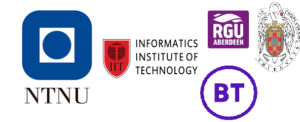 March- May 2024 – 3 Satellite projects start.
March- May 2024 – 3 Satellite projects start.
RGU-IIT-BTF : Explaining CBR-RAG model in LLM for legal question answering knowledge extraction
BTF : Generative AI(LLM) to build human intelligible explanation beyond iSee Chatbot, to improve explanation experience.
UCM-NTNU : Evaluation metrics for counterfactual and feature-based explainers including PertCF
1![]() 4th April 2024 iSee Major Release 1.0 (academic product) , including terms of use , video guidelines
4th April 2024 iSee Major Release 1.0 (academic product) , including terms of use , video guidelines
 15th April2024- Chistera annual seminar, poster participation and video contest Winner. published on youtube (click on the image to watch it)
15th April2024- Chistera annual seminar, poster participation and video contest Winner. published on youtube (click on the image to watch it)
![]() March – May 2024 Members of iSee consortium (UCM, UCC, BTF) with Instituto Tecnologico de Merida organise the ICCBR 2024 international conference (July 2024 in Merida, Mexico). iSee hosts the 6th XCBR workshop there.
March – May 2024 Members of iSee consortium (UCM, UCC, BTF) with Instituto Tecnologico de Merida organise the ICCBR 2024 international conference (July 2024 in Merida, Mexico). iSee hosts the 6th XCBR workshop there.
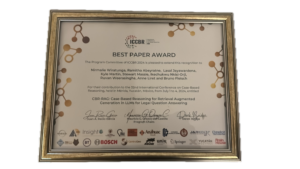 4th July 2024 We managed to wind the Best Paper Award of ICCBR 2024 ! The authors team is composed of Robert Gordon University, Informatics Institute of Technology (IIT Campus) and BT France. The conference is the 32nd International Conference on Case-Based Reasoning, in Mexico.
4th July 2024 We managed to wind the Best Paper Award of ICCBR 2024 ! The authors team is composed of Robert Gordon University, Informatics Institute of Technology (IIT Campus) and BT France. The conference is the 32nd International Conference on Case-Based Reasoning, in Mexico.
We were the first to integrate episodic memory in the form of a legal case base with retrieval augmented generation to improve accuracy for LLMs.
